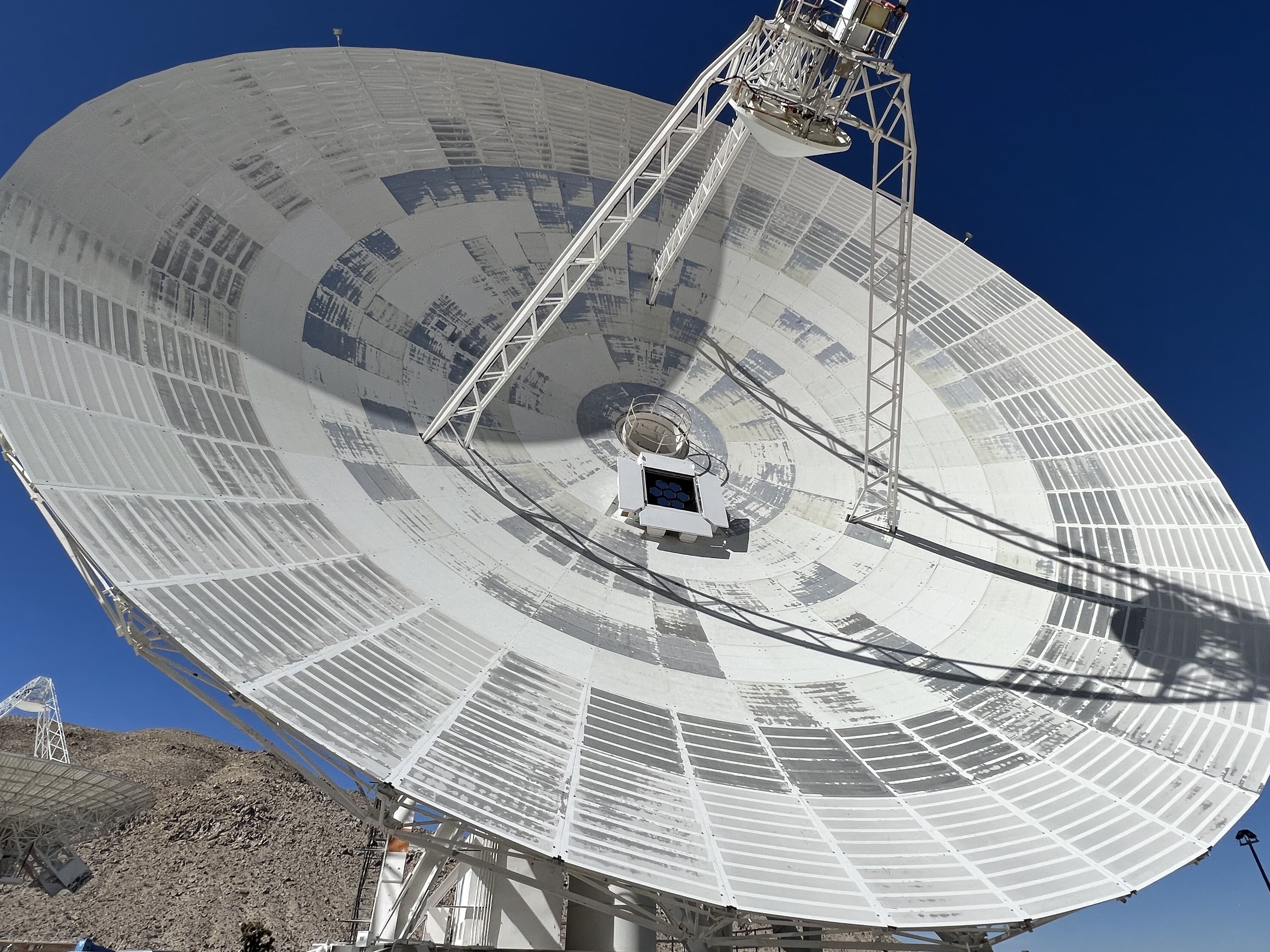Get the latest tech news
This Planned NASA Telescope May Help Us Identify Worlds Like Our Own
The innovative Habitable Worlds Observatory will offer ways to detect signs of life on other planets
Any discovery of life on an exoplanet—a planet orbiting a star other than our sun—would be “a pivotal moment for mankind,” says Mark Clampin, director of the Astrophysics Division at NASA headquarters in Washington, “because, finally, we would know that we are not alone in the universe.” But HWO and Webb will have something in common: They will be “neighbors,” with the new instrument eventually taking up a position at the so-called L2 Lagrange point, a stable location some 930,000 miles “behind” the Earth, as viewed from the sun. Those who were around in the 1990s may recall the famous “Martian meteorite,” which supposedly contained fossilized microorganisms, or, more recently, claims that the chemical phosphine, possibly associated with life, had been detected in the atmosphere of Venus.
Or read this on r/tech
